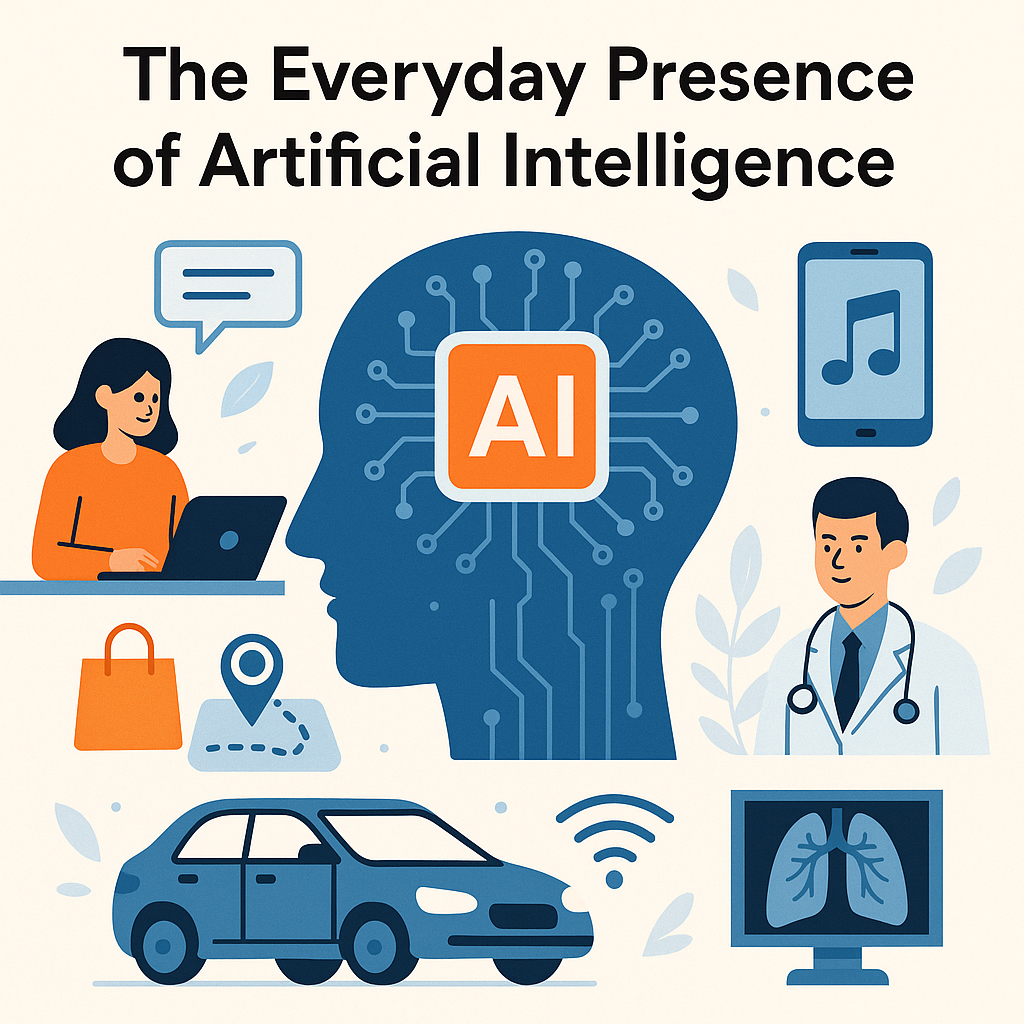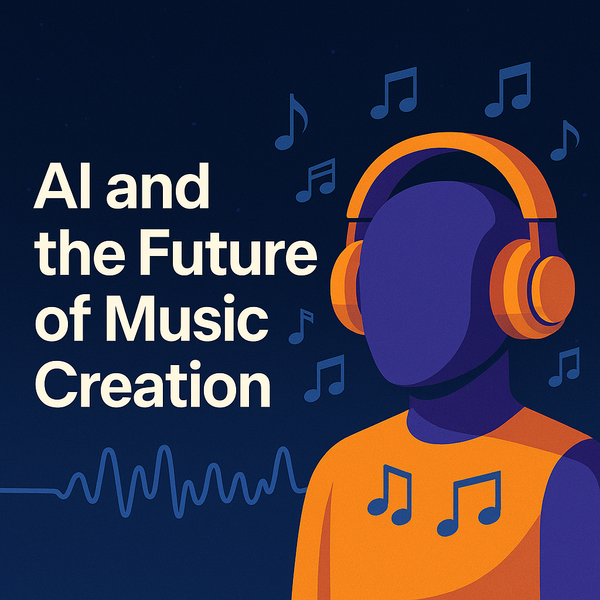The Everyday Presence of Artificial Intelligence

Artificial intelligence has moved from research labs into daily life so seamlessly that many people use it without realizing. What once felt futuristic is now woven into the fabric of ordinary routines. The most visible examples are digital assistants, recommendation engines, and language tools, but the reach of AI extends far beyond screens.
Every time someone opens a streaming platform, AI curates the films or songs they are most likely to enjoy. When navigating with a GPS app, AI processes traffic data to suggest the fastest route. In online shopping, algorithms adjust prices, predict demand, and personalize product suggestions. Even behind the scenes, AI is optimizing logistics so that packages arrive faster and with less waste.
Healthcare is another frontier where AI is quietly reshaping experience. Algorithms read medical images, spotting early signs of conditions that might be invisible to the human eye. Hospitals use predictive systems to anticipate patient needs, and drug discovery pipelines are accelerating as AI screens potential compounds in days instead of years.
At the same time, AI is embedded in the devices people carry everywhere. Smartphones use it to improve photos, filter spam calls, and enhance security through face or fingerprint recognition. Cars employ AI for lane detection, adaptive cruise control, and collision avoidance. These technologies illustrate how AI, once reserved for specialists, has become part of the everyday environment.
The presence of AI is not without questions. Concerns about privacy, bias, and transparency highlight the need for careful oversight. Yet the trajectory is clear: artificial intelligence is no longer a distant possibility but a practical tool that shapes choices, habits, and opportunities daily. It is not just powering the future — it is already defining the present.
References
https://www.nature.com/articles/d41586-019-03413-0
https://arxiv.org/abs/2001.09721
https://www.science.org/doi/10.1126/science.abf4404




